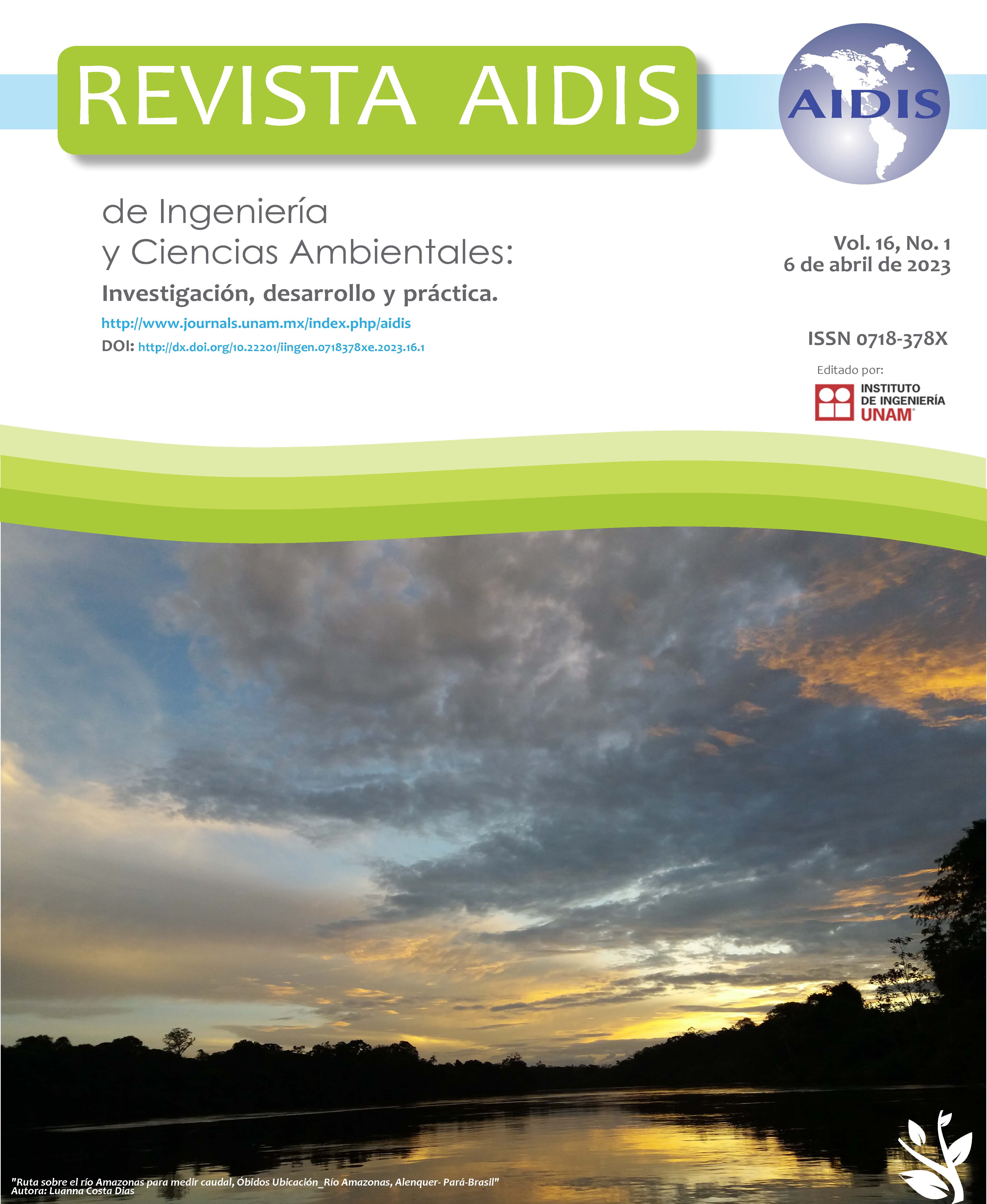QUANTIFICATION OF HEAVY METALS AND ANALYSIS OF PHYSICOCHEMICAL AND MICROBIOLOGICAL PARAMETERS IN THE WATER OF THE CEARÁ RIVER ESTUARY
Main Article Content
Abstract
The APA of the Ceará River Estuary faces environmental problems, such as the presence of garbage in the estuary and water pollution, mainly caused by industrial and domestic sewage. The work was base on the analysis of the water of the Ceará River Estuary through physicalchemical and microbiological parameters and quantification of heavy metals Cd, Cu, Mn, Pb, and Ni. the APA of the Ceará River Estuary, in the rainy and dry seasons. Ammonia, chemical oxygen demand-COD and conductivity samples were prepares in duplicate and the analysis methodology was adopts according to Standard Methods APHA, 2005. The microbiological test was base on the presence/absence method with the Colilert (IDEXX’s Quanti-Tray). For the analysis of the quantification of metals, they were performed in a Flame Atomic Absorption Spectrophotometer (FAAS) Perkin Elmer, model Aanalyst 1000. The quantification method used for metals is external standardization. High values of COD and ammonia were quantifies, as well as the existence of the presence of total coliforms and E. coli. The metals Cd, Pb, Mn, and Ni obtained values above those recommended by CONAMA Resolution nº 357/05, Pb quantified more significant values compared to the metals analysis and Cu was detects at only one point of the analysis, in the rainy season, which showed the highest concentration of metals. The increase in metal concentrations can cause damage to the ecosystem, as it is possible to visualize the long-term consequences, such as urbanization and intense occupation in the Ceará River Estuary.
Article Details
Citas en Dimensions Service

This work is licensed under a Creative Commons Attribution-NonCommercial-NoDerivatives 4.0 International License.
